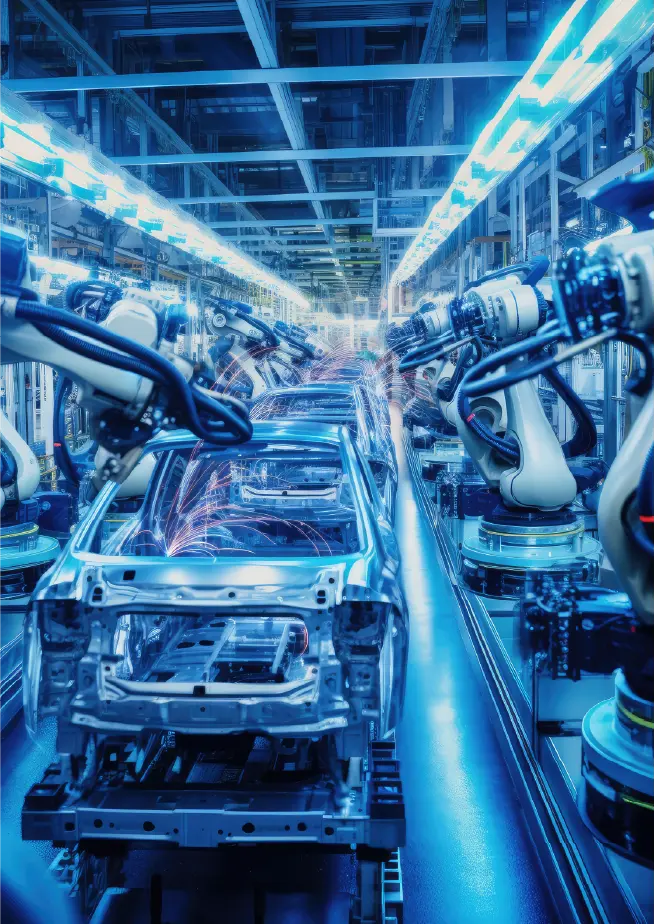
AI-Powered Fuel Custody
& Blockchain Certification for Oil & Gas
Use Case
Revolutionizing Fuel Custody Monitoring Through Scalable Automation

Revolutionizing Banking with AI:
Secure, Scalable & Future-Ready
Use Case
Transforming Banking Through Intelligent Security, Scalable Infrastructure, & Phygital Innovation

Next-Gen Banking: AI Security,
Scalable Infra & Cutting-Edge Innovation
Use Case
Innovate Faster with AI-Powered Product Development

Optimizing Business Efficiency with RPA & Intelligent Automation
Use Case
Work Smarter, Not Harder with Intelligent Automation

Revolutionizing Enterprise
Decision-Making with AI & ML
Use Case
AI-Driven Intelligence for Smarter Decision-Making

Accelerating Innovation with
Product Development
Use Case
Innovate Faster with AI-Powered Product Development

Driving Digital Transformation for Future-Ready Enterprises
Use Case
Future-Proof Your Business with Digital Transformation

AI IoT for Retail Safety
Smart surveillance real-time
threat detection.
Use Case
Enhancing Safety Security in Retail Fuel Stations with AI IoT

Blockchain in Trade Finance - Secure, automated global transactions.
Use Case
Revolutionizing Trade Finance with Blockchain, AI, and IoT

Cloud for Energy – Scalable, secure, and efficient operations.
Use Case
Revolutionizing the Energy Sector with Scalable, Cloud-Driven Digital Transformation.

AI in Finance – Fraud detection seamless banking.
Use Case
Revolutionizing Financial Services with AI- Driven Digital Transformation









